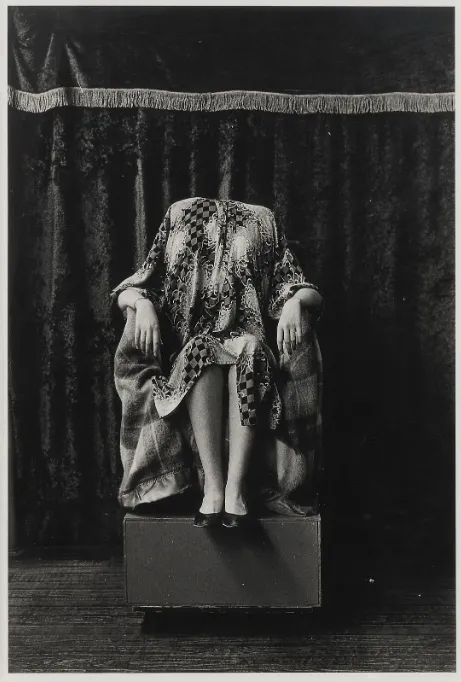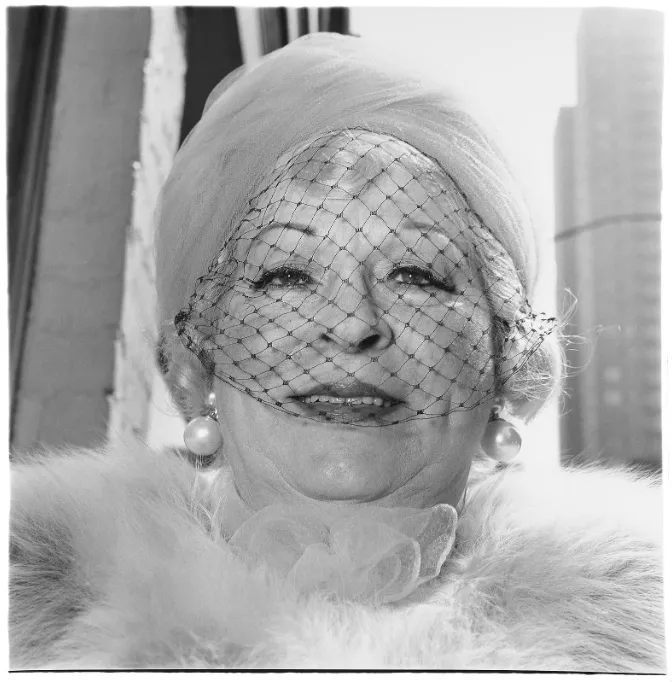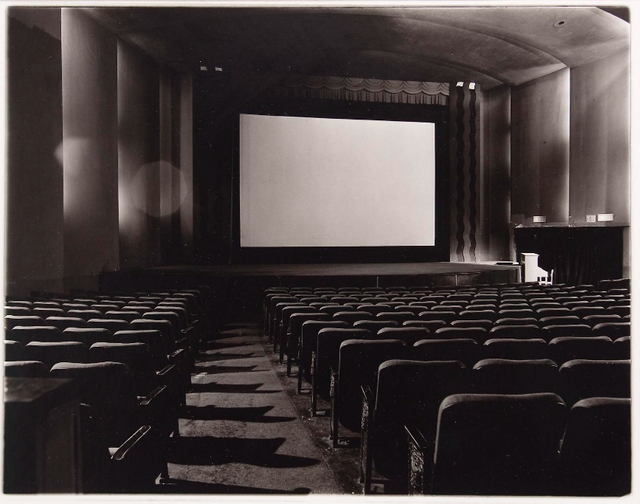
Diane Arbus
Diane Arbus, a prominent American photographer, stood as one of the most influential artists of the 20th century. Her lens captured diverse subjects, ranging from strippers and carnival performers to nudists, individuals with dwarfism, children, mothers, couples, elderly individuals, and middle-class families. Through her compelling imagery, Arbus played a crucial role in normalizing and shedding light on marginalized groups, emphasizing the need for inclusive representation.
Biography of Diane Arbus
Diane Arbus was born in 1923 in New York City, USA, into a wealthy family that shielded her from the hardships of the Great Depression, ensuring a privileged upbringing.
Raised in affluence, Arbus attended the Ethical Culture Fieldston School, a prestigious college-preparatory institution. At the age of 18, in 1941, she married Allan Arbus, her childhood sweetheart. The couple collaborated in commercial photography from 1946 to 1956. Even after Diane left the business to pursue an independent path in photography, Allan remained a steadfast supporter. Although they separated in 1959, they maintained a close friendship.
In 1946, post-World War II, the Arbuses established a commercial photography venture called "Diane & Allan Arbus," contributing to publications like Glamour, Seventeen, and Vogue. Diane briefly studied with Alexey Brodovitch in 1954, but it was her tutelage under Lisette Model starting in 1956 that inspired her to focus solely on her personal work.
In late 1959, Arbus entered a relationship with art director and painter Marvin Israel, which endured until her death. Her photography journey began with classes under the guidance of Berenice Abbott, and her exposure to influential photographers like Alfred Stieglitz, Mathew Brady, and others fueled her interest.
She received a Guggenheim Fellowship in 1963 for a project on "American rites, manners, and customs," which was renewed in 1966. Throughout the 1960s, Arbus sustained herself through magazine assignments and commissions.
Her breakthrough came in 1967 with the New Documents exhibition at the Museum of Modern Art, featuring her work alongside Garry Winogrand and Lee Friedlander, curated by John Szarkowski.
Tragically, in 1971, while residing at the Westbeth Artists Community in New York City, Arbus took her own life. A year after her death, she became the first photographer to be showcased posthumously at the Venice Biennale in 1972.
Diane Arbus's Art Style
Renowned for her intimate black-and-white portraits, Diane Arbus adopted a distinctive approach characterized by directness and simplicity. Her iconic style featured frontal portraits centered in a square format, capturing a raw and unembellished essence. Pioneering the use of flash in daylight, Arbus isolated her subjects from their backgrounds, adding a surreal quality to her photographs.
Initially utilizing a 35 mm Nikon camera, Arbus created grainy rectangular imagery. However, by 1959, she ventured into assignments for esteemed magazines like Esquire and The Sunday Times Magazine, gaining widespread recognition. Around 1962, Arbus made a significant shift, abandoning her beloved 35 mm Nikon camera in favor of a twin-lens reflex Rolleiflex camera. This new equipment produced more detailed square images. Additionally, she incorporated a twin-lens reflex Mamiya camera with flash alongside the Rolleiflex.
Arbus's artistic process involved cultivating strong connections with her subjects, sometimes photographing them repeatedly over many years. Her work was built on patience, diligence, and an acute perception of the timeless and mythic qualities inherent in unadorned reality.
The culmination of Arbus's artistic evolution is evident in her "Untitled 1970-71" series. These photographs, captured in the last years of her life, reflect her enduring fascination with eccentricity, anomalous identity, and marginalized groups. Focused on a home for developmentally disabled adults in Vineland, New Jersey, the "Untitled" series encapsulates Arbus's commitment to exploring the fringes of society through her lens.
Years:
Born in 1923
Country:
United States of America, New York
Gallery:
Edwynn Houk Gallery
Galerie Thomas Zander
Cheim & Read
Fraenkel Gallery
Gagosian


